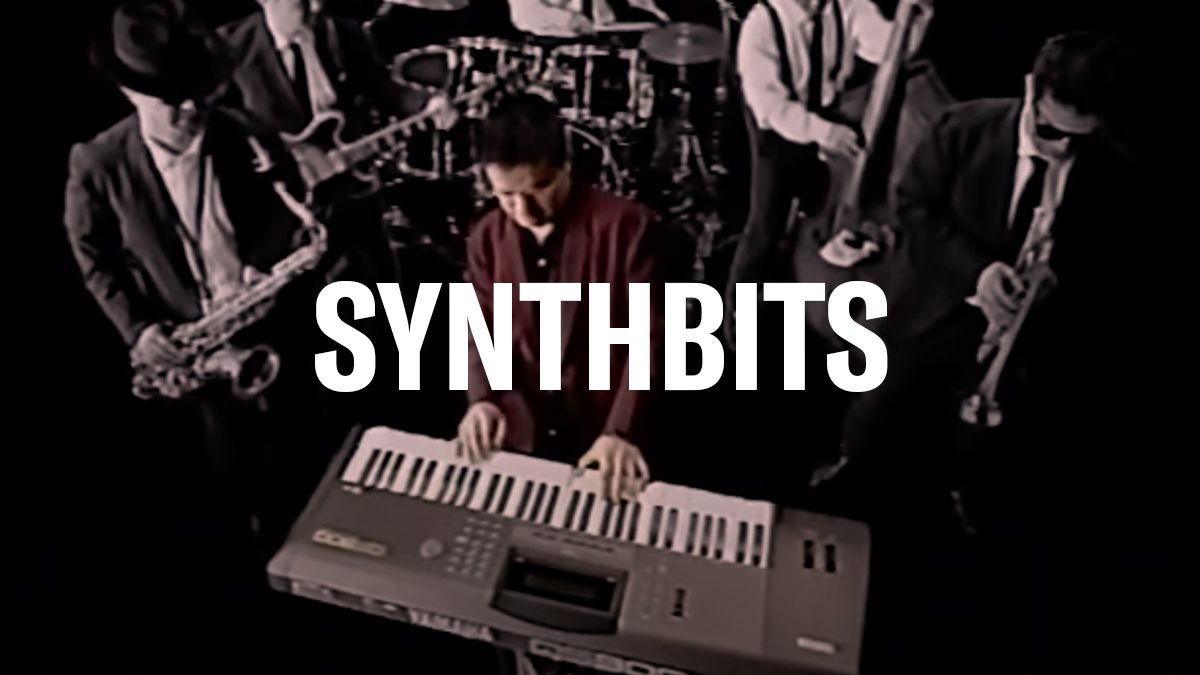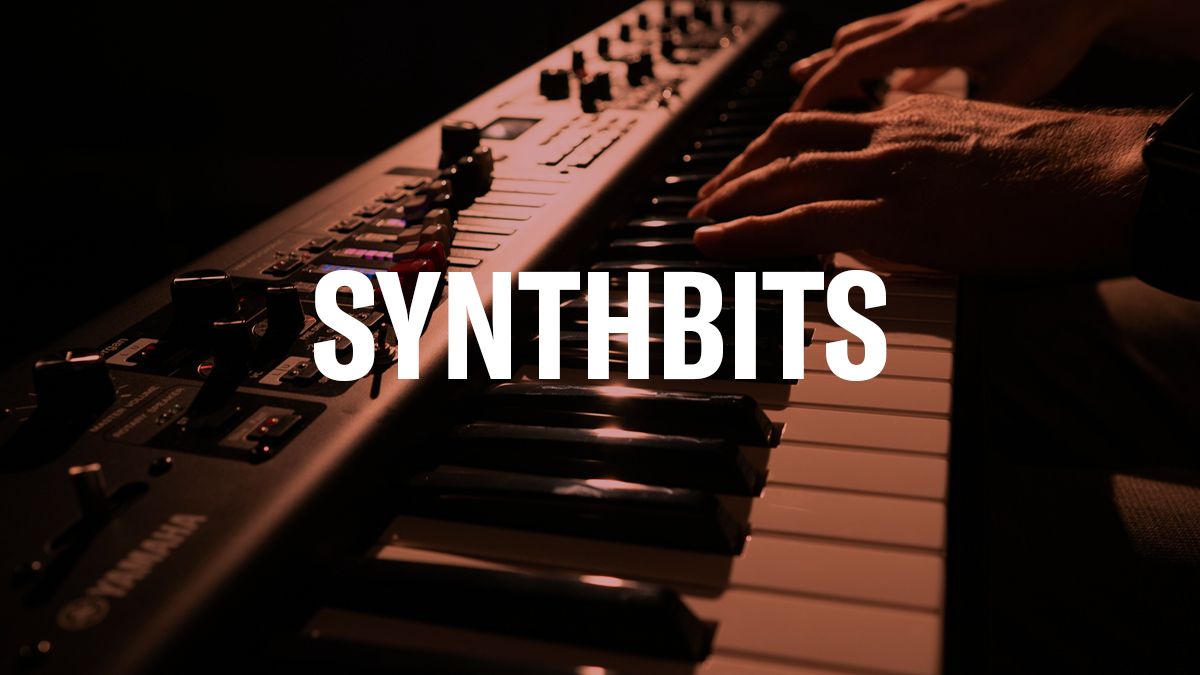SynthBits: QS300 Video with Katsunori Ujiie
The QS300 was a keyboard version of the classic QY300 with lots of cool sounds, built-in phrases and XG compatibility. This short video excerpt is from a larger instructional video. It highlights the QS300 “band-in-a-keyboard” feature set as only Katsunori Ujiie can!

